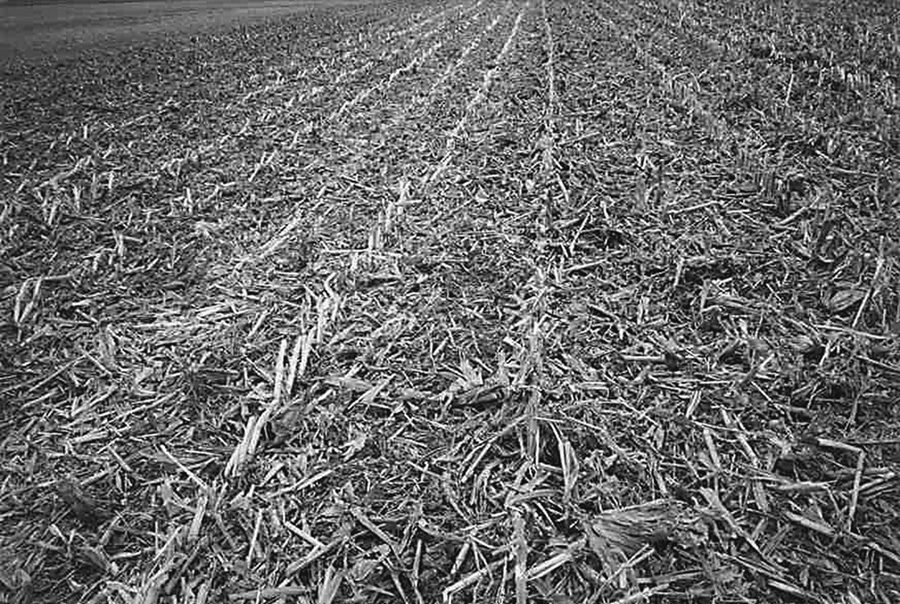No-Till Farmer
Get full access NOW to the most comprehensive, powerful and easy-to-use online resource for no-tillage practices. Just one good idea will pay for your subscription hundreds of times over.

Besides more effectivley managing residue, aerators and rotary harrows are allowing some no-tillers to stretch the spring planting window to boost yields.
At last winter’s 11th annual National No-Tillage Conference in Indianapolis, representatives from three manufacturers addressed questions such as when to use a rotary harrow, how fast to pull it and how much horsepower it takes. Their insights will shed more light on this equipment that some no-tillers are finding can make a big difference with yields at harvest time.
Bert Sutherland, director of marketing for Phillips Rotary Harrow in Saskatoon, Saskatchewan, says no-tillers often need a tool to deal with heavy residue that can “sit there like a big wet mat, holding cold into the ground.” He believes residue problems have kept no-till from becoming more widely used and may also be part of the reason some farmers have given up on no-tilling.
The advantage of a rotary harrow is being able to fluff and turn no-till residue, mixing it with soil and loosening it up so that the air can get through it to dry the soil for no-tilling.
“You couldn’t use a typical harrow because it drags and bunches. It’s different with a rotary harrow because it is fluffing and turning,” says Sutherland.
Once the no-till residue is fluffed, air can enter the material to more quickly dry and warm the soil. Sutherland figures that will let you no-till 1 to 3 days earlier, which can have a significant effect…